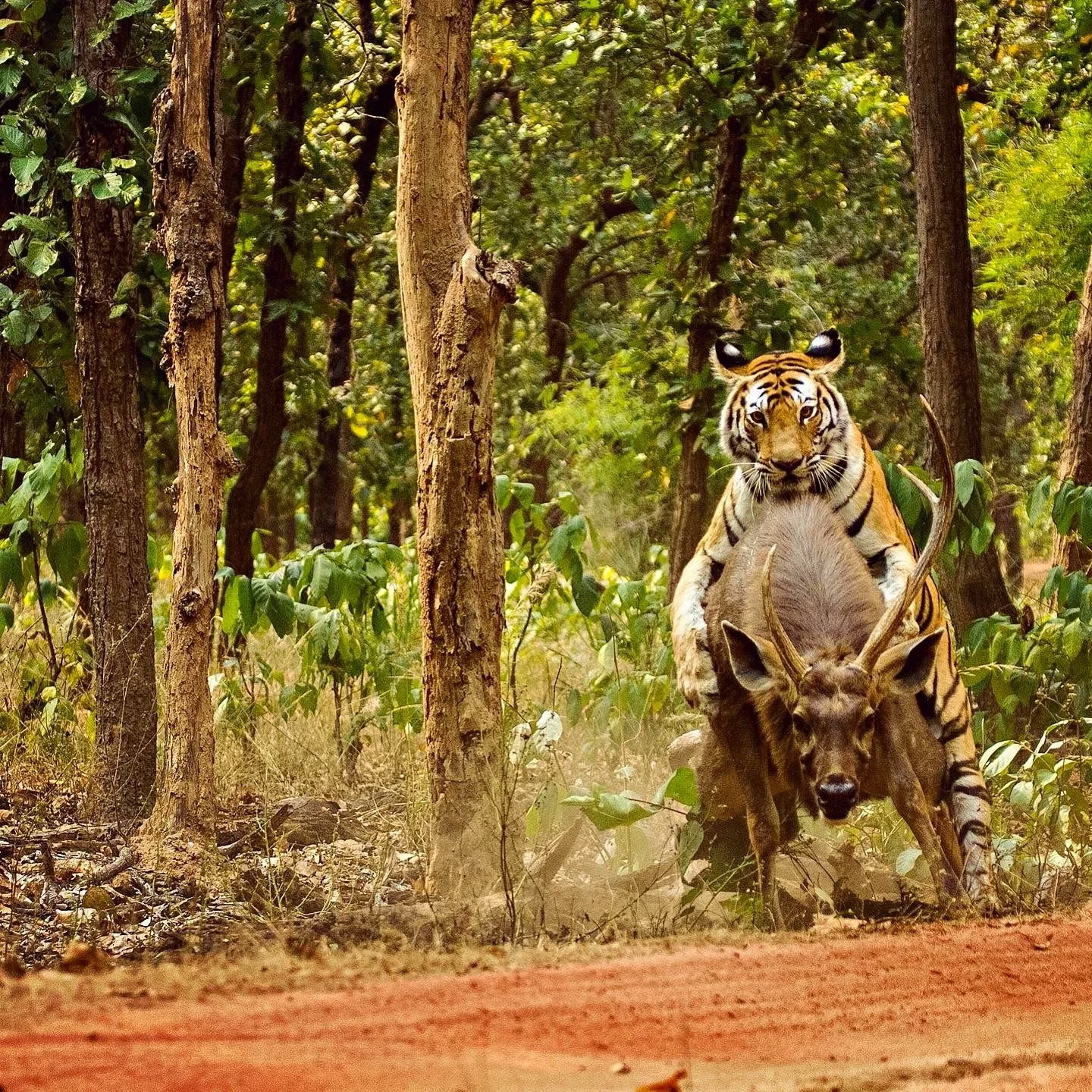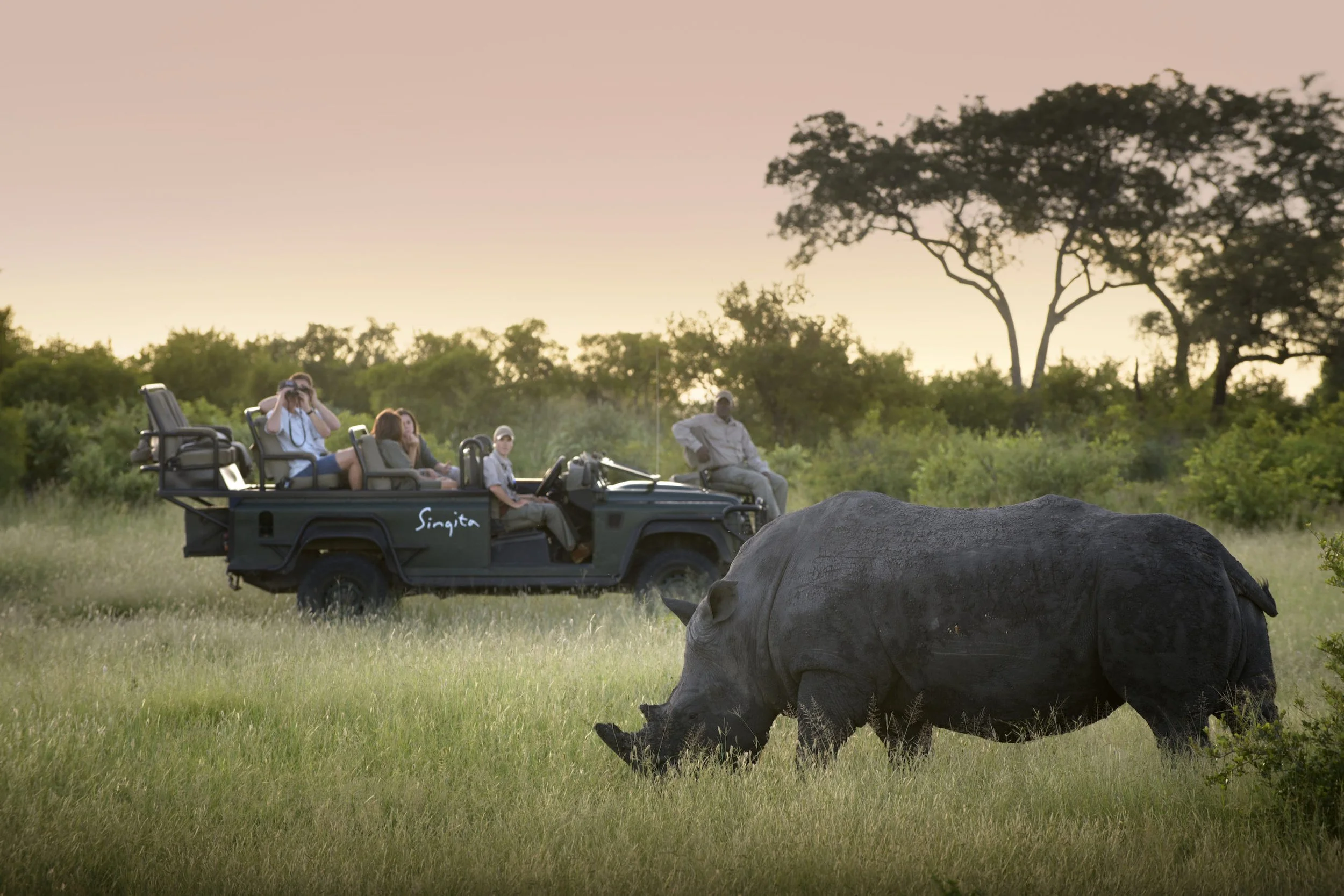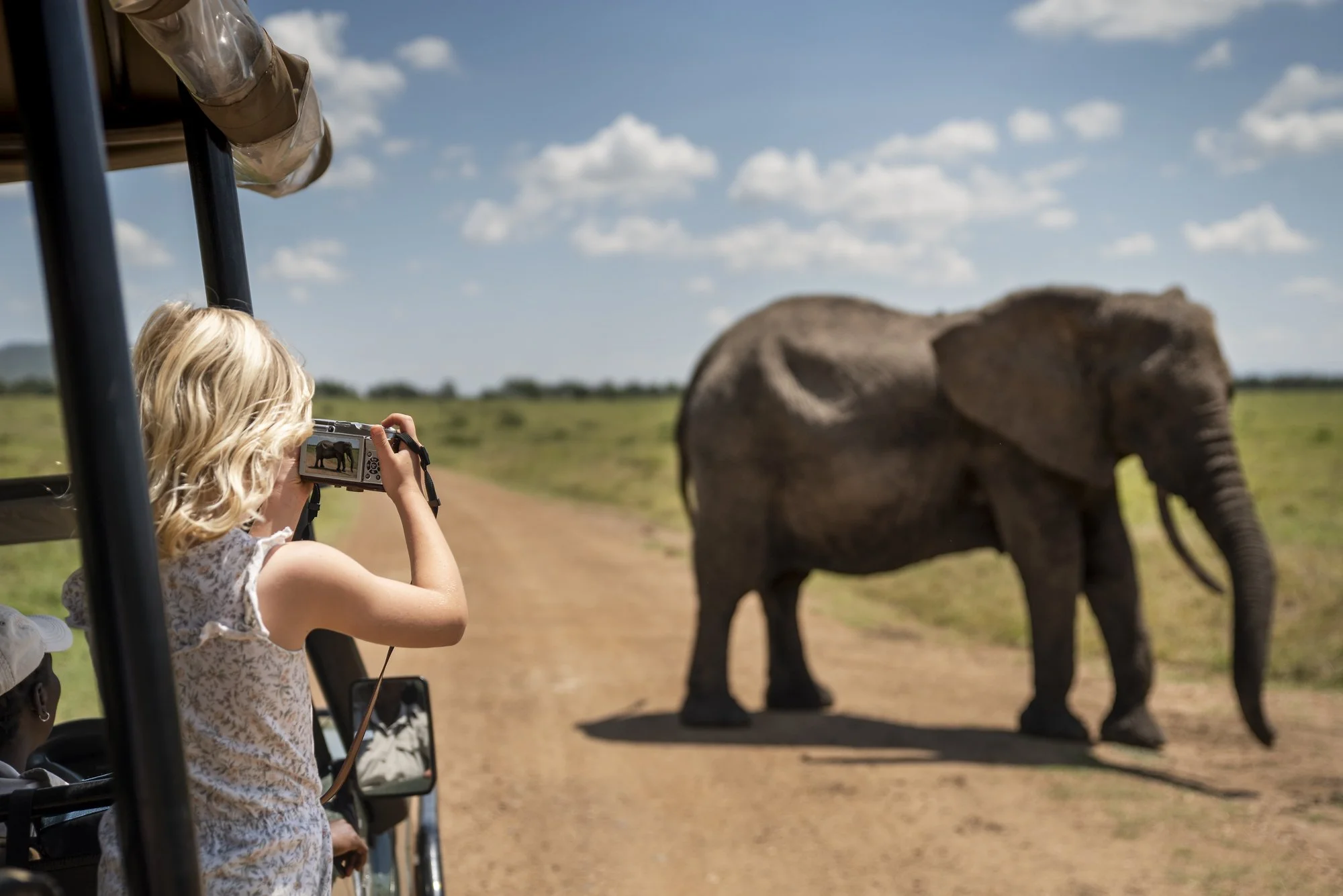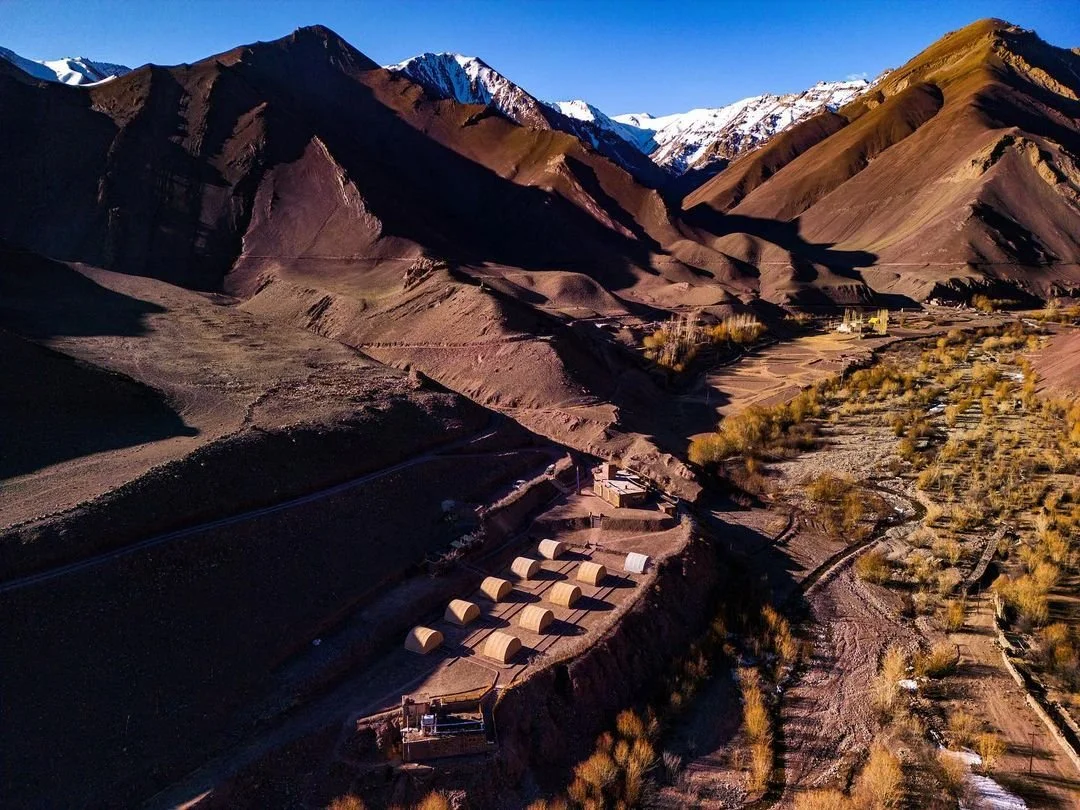LUNGMĀR Remote Camp
In the heart of India's wilderness, where emerald jungles echo with untold tales and the rhythmic symphony of nature is punctuated by the secretive whispers of wildlife, you’ll be in awe of the wonders that remain hidden from the world's eager gaze. India's National Parks, 106 in number, stretch across a vast canvas of 44,402.95 square kilometres, each a testament to the nation's commitment to preserving its most precious natural jewels.
But here's the catch – while you might envision a tranquil paradise teeming with wildlife, what you'll often find in the popular National Parks is a startling sight. Jeeps jostle for position, cameras click frantically, and tourists yearn for that elusive glimpse of the regal tiger. It's a scene more reminiscent of a wildlife carnival than a harmonious communion with nature.
To bring your attention to lesser-known National Parks in India, we chat with Shoba Mohan, the visionary behind RARE, India to curate a list of untouched beauties in the wild and why they’re a must-visit. From walking safaris in Satpura, gliding through pristine waters on canoeing adventures, and uncovering the secrets of avian wonders in Sariska to Pioneering conservation efforts are bringing tigers back from the brink in Panna – these rarely discovered National Parks are waiting to be explored by you.
These experiences, far from the maddening crowd, offer not just glimpses but wholehearted immersions into India's untamed beauty. As you venture into these offbeat destinations, you're not just a tourist; you're a piece of the puzzle in the wild.
Satpura National Park
Nestled in the central Indian state of Madhya Pradesh, the Satpura National Park stands out for its remarkable biodiversity. It offers an exceptional chance to spot the elusive sloth bear and is home to a unique subspecies of bison known as the gaur, which is the largest wild cattle in the world. What sets it apart is the opportunity for immersive walking safaris, allowing visitors to connect more intimately with the wilderness. You can enjoy guided boat safaris along the Denwa River, which is truly a unique way to experience the park's wildlife and stunning scenery.
Where to stay
Rani Peni Jungle Lodge — This premier wildlife lodge seamlessly integrates into the natural landscape, preserving its 40-acre property as an integral part of the wilderness. As pioneers of tourism in this area, Reni Pani offers exceptional experiences led by expert naturalists, providing profound insights into the forest and the challenges of conservation through nature walks, rides, and safaris.
Kaziranga National Park
Located in the northeastern state of Assam, is renowned as the last bastion of the Indian one-horned rhinoceros. This UNESCO World Heritage site not only provides a haven for these endangered giants but also offers thrilling river safaris along the Brahmaputra River, where lucky tourists might catch a glimpse of the enchanting Gangetic dolphins. Moreover, Kaziranga is home to a substantial population of wild water buffalo, ranking as the world's second-largest bovines after the gaur, and boasts a recorded count of 475 bird species thriving within its borders.
Where to stay
Diphlu River Lodge — Closest to the Kaziranga National Park. facing the river or the paddy fields, the Diphlu River Lodge cottages are raised on stilts and made with wood, bamboo and thatch, with great outposts like the Machan Restaurant that serves panoramic views of the Kaziranga National Park.
Lungmar Wildlife Sanctuary
Situated in the rugged terrain of Ladakh, Northern India, is a pristine, untouched wilderness that stands as a sanctuary for the elusive snow leopard, one of the world's most elusive and breathtaking big cats along with other high-altitude animals like the Tibetan wolf, the red fox and the Himalayan marmot. It's a place of awe-inspiring natural beauty and a rare opportunity to witness this ghost of the mountains in its natural habitat. The towering peaks, glaciers, and alpine meadows provide a breathtaking backdrop for endless wildlife viewing.
Where to stay
LUNGMĀR Remote Camp – Nestled in Sumdoh Valley, a historic part of the Great Silk Route, this secluded camp rests close to the stunning views of villages, red hills, and the scrub forest. Located at an elevation of 12,000 feet and near Hemis National Park, it provides an ideal habitat for snow leopards and their prey, like the blue sheep.
Kanha National Park
Often hailed as one of India's most picturesque protected areas, Kanha National Park captivates visitors with its lush sal and bamboo forests, rolling grasslands, and consistent tiger sightings. The park's serene landscape and remarkable tiger population make it a prime destination for wildlife enthusiasts and photographers. It is also famous for being a former hunting ground of the Maharajas of Rewa, which stands as a testament to their conservation efforts, preserving its pristine beauty. Notably, the park is renowned for its thriving population of barasingha, the majestic swamp deer, distinguished by their impressive antlers.
Where to Stay
Bagh Vilas — This charming camp seamlessly blends traditional Jodhpuri Shikar design with a contemporary African bush camp feel, offering Shikar Tents, Tented Suites, and a Lakeside Cottage to connect guests with Kanha's forests and meadows. Their structures are eco-sensitive, constructed mainly from recycled wood, metal, and bamboo. The addition of a dedicated spa enhances the wilderness experience, inspired by the Maharajas' hunting expeditions and battle campaigns.
Pench National Park
On the southern fringes of Madhya Pradesh, is renowned for its inspiration from Rudyard Kipling's "The Jungle Book." This evocative setting not only exudes the timeless charm of the jungle but also harbours a significant tiger population, along with leopards, including the elusive black leopard, making it a truly captivating destination for lovers of the wild. The park's rivers and waterholes are home to several of reptiles like snakes, lizards and crocs and they can often be seen basking in the sun.
Where to stay
Jamtara Wilderness Camp — In close proximity to the Jamtara village, this camp offers unique access points to Pench National Park. With ten spacious tents lending riverbeds and forest views, it will make you feel like a part of the wild. Dining under the grand Banyan Tree and exploring the 11-acre property's secret spots will enhance your stay which can be enriched by expert naturalists guiding wildlife, bird, and indigenous fauna encounters.
Ready for a Wildlife Experience you'll never forget? Let’s create your itinerary together. Contact us Here.






















































